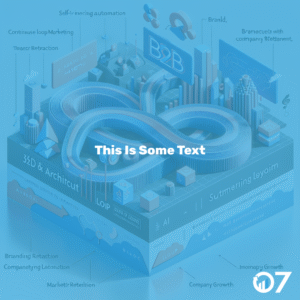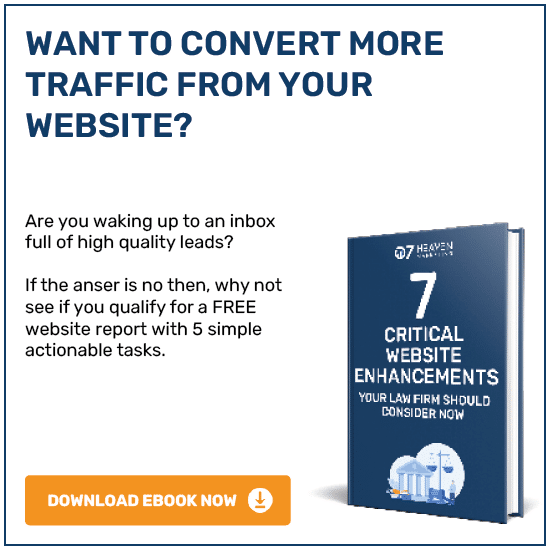Photo by Noah Buscher
It takes a lot of time and effort to create great content.
On top of this we are getting more content hungry. A 2018 survey by Deloitte into digital media trends found that 91% of Gen Z, 86 % of millennials, and 80 % of Gen X binge consume content.
How can you can you keep up the voracious appetite for content with limited resources?
Repurposing.
Take your existing content and give it a new lease of life with repurposing. Build all of your great existing content rather than having to start with a clean slate every time, snowballing your successes and strengthening your brand reputation and trust. There are two easy to follow methods you can follow.
Let’s start with republishing
Republishing involves posting your content in its existing format on a new platform with a few minor tweaks to push your content to work harder with very little extra effort.
Here are the top things you need to do to get the most out of republishing:
- Be choosy – Don’t republish everything, only your top performing content. This content is likely to have already achieved better reach and levels of engagement, republishing will extend this effect and push it higher up in the search engine.
- Ask yourself if it’s a right fit – Choose a site that is a reputable partner. Websites that are considered higher authority will elevate you to a higher search engine ranking spot. But, remember your content communicates what your brand is about to your audience, so make sure the site that you partner with aligns with your brand message.
- Ring the changes – Whenever you republish some content, set aside some time to alter the title slightly to freshen up the feel of the piece.
- Hold your horses! – You may be excited to maximise your efforts through republishing, but you should wait at least 2 weeks before publishing your content on another platform. This gives the search engine algorithm time to process the original piece, so it ranks higher than the republished version.
- Make the link- Place internal links throughout your piece to drive traffic to your other pieces of content. You should also include a canonical tag that links back to the original author or source to preserve your search engine authority.
- What next? – Always include a call to action at the end of your post. Leaving this out would count as a huge missed opportunity to promote your content and drive progress towards your long-term targets.
Recycling is a little different
Recycling your content involves more changes than copying and pasting your content to a new location. Alterations in the way you organise and format your content should be made to add extra value.
When recycling your content aim to do one of the 3 I’s:
Improve – Think about if anything can be added, removed or rewritten so that it reads better.
Incorporate – Is there any new related or unrelated knowledge you can combine with the existing content to provide new value and meaning?
Impress – Could you impress your audience by providing a more comprehensive piece by increasing the breath or depth of knowledge included for the topic?
Make a start with content recycling right now with these steps:
It all starts with a theme – You shouldn’t be creating content for the sake of it without having a proper content format. Always start with a main theme and then choose the strongest related subtopics. Each piece will provide value on its own whilst still complimenting the overall group of topics, making your content more cohesive with an overall theme builds momentum of interest and makes it easier for you to link and recycle your top content and extend its success.
Mix up your media – Consider the different audiences that you can reach through using different platforms and formats. Posting a video on YouTube is likely to attract a different audience to an Instagram post or an in-house blog. When you are prepared to experiment with different mediums you open up a new world of options, consider some of the following media:
- Videographics/infographics
- Video or vlogging series
- Slide decks
- Blogs
- Webinars
- E-books
- White pages
- Social media posts
- Email newsletters and series
- Interactive quizzes or courses
- Podcasts
When you recycle your content by changing platforms try to integrate the pieces together with internal links and social sharing, so your audience have a variety of ways to engage with you.
Always update: When you recycle content and alter the platform or format make sure you update the call to action on any of your existing posts. New prospects and your existing audience will then be able to find and follow your content as it expands.
The opportunities to repurpose your content are endless!
For further insights and guidance, we invite you to explore our blog at 07hm.co.uk/blog. Here, you’ll find a wealth of information tailored to the needs and challenges of SMEs navigating the digital landscape. Additionally, if you have specific questions or need personalised advice, don’t hesitate to reach out to us via email at info@07hm.co.uk or telephone on 01702 410663.






